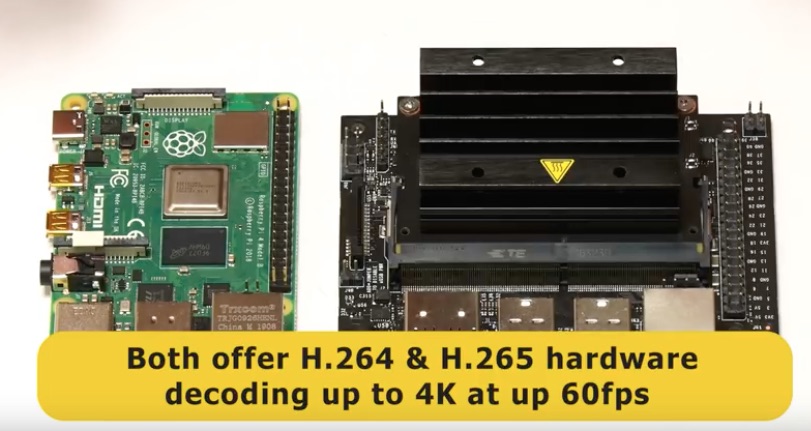

You’ll have to do some research, but you won’t find any compatible Apple devices.
Usb3 ssd benchmark upgrade#
The other option is to upgrade your gear. With this expansion card, you can use a USB 3.2 Gen 2×2 port to your computer. You’ll need an open PCIe 3.0 x4 slot on your motherboard to add the card, which is why it’s not possible on phones, tablets, or laptops. Compared to the drive’s price, the expansion card won’t be nearly as impactful to your bank account, but it is an extra expense. You can add a USB 3.2 Gen 2×2 port by purchasing an expansion card. However, you can do something about it if you have a desktop. I wouldn’t recommend buying the drive unless you have a USB 3.2 Gen 2×2 port computer since you’d only be getting a fraction of the performance. And, that’s on top of the cost of the pricey drive, which ranges between $210 to $700 depending on storage capacity. There are ways around it, but you’ll have to upgrade your gear if you want those sweet 2,000 MBps transfer speeds.
Usb3 ssd benchmark full#
That means that if your computer, tablet, or phone lacks the latest USB transfer standard-which it most likely will-you won’t be able to unlock the drive’s full potential. Like any new piece of tech, it takes a while for the new standard to become widely available.
Usb3 ssd benchmark portable#
While the 2,000 MBps transfer speed of the SanDisk Extreme Pro Portable SSD V2 falls short of the max theoretical transfer speed, you’re not likely to find a faster external SSD at the moment.īut, there’s a huge catch that you need to be aware of.īefore you put this in your shopping cart and start dreaming of how the drive will improve your editing workflow, it’s essential to know that the USB 3.2 Gen 2×2 standard has yet to reach mass adoption. In theory, the max transfer speed comes down to 2.5 Gbps or 2,500 MBps. One gigabit is equal to an eighth of a gigabyte.) (For context, Gbps means gigabits per second, not gigabytes per second (GBps). This standard uses two 10 Gbps lanes to achieve a maximum transfer rate of 20 Gbps. The drive can reach these speeds by taking advantage of the USB 3.2 Gen 2×2 standard.

The drive is not entirely waterproof, but it can withstand jets of water. Actual transfer speeds will be a few 100 MBps off, which still amounts to impressive read and write speeds. The marketed speed was backed up by AnandTech, using CrytalDiskMark and ATTO, so it checks out. I was shown a CrystalDiskMark screenshot, a storage benchmarking software, that was done internally, and it was slightly above 2,000 MBps. As with most on-the-box claims, that number is reached through internal testing that uses the most advantageous hardware and scenarios to achieve the best possible read and write speeds. How fast, exactly? According to Western Digital, which owns the SanDisk brand, the drive is capable of up to 2,000 MBps read and write speeds. The mouthful of a name aside, the drive, released last year, is incredibly fast. One of the best external SSDs you can buy right now is SanDisk Extreme Pro Portable SSD V2. In fact, external NVMe SSDs are faster than ever. Meanwhile external SSDs haven’t come that far, due to their reliance on USB rather than PCIe, but they’re by no means slow. Those numbers are insane, and with prototype PCIe 5.0 drives capable of twice those speeds, it seems like the sky’s the limit. In recent years, internal M.2 NVMe SSDs have reinvented what “fast” storage is, and we now have drives capable of write speeds up to 6,000 MBps and read speeds of up to 7,000 MBps. The SanDisk Extreme Pro Portable SSD V2 is one of the fastest external SSDs available, but has limited compatibility at the moment.


 0 kommentar(er)
0 kommentar(er)
